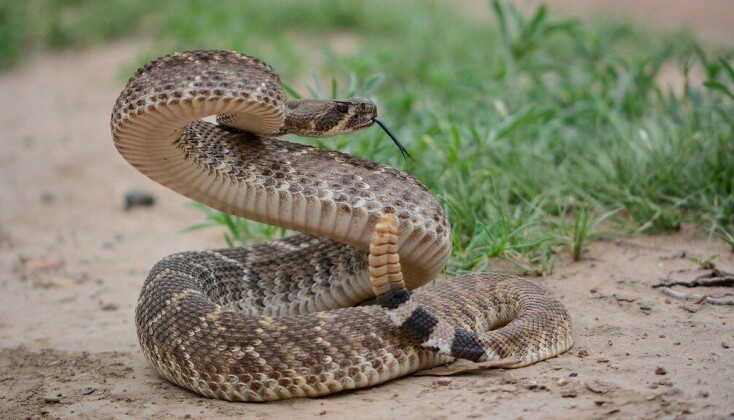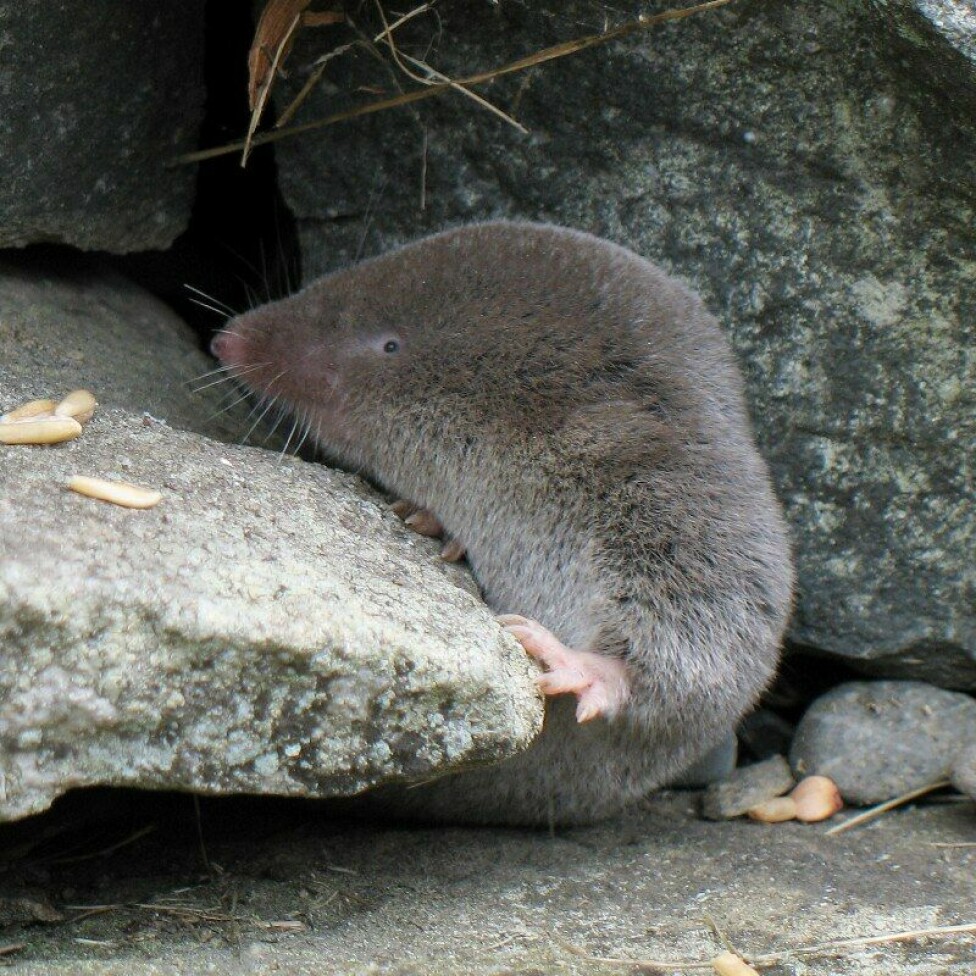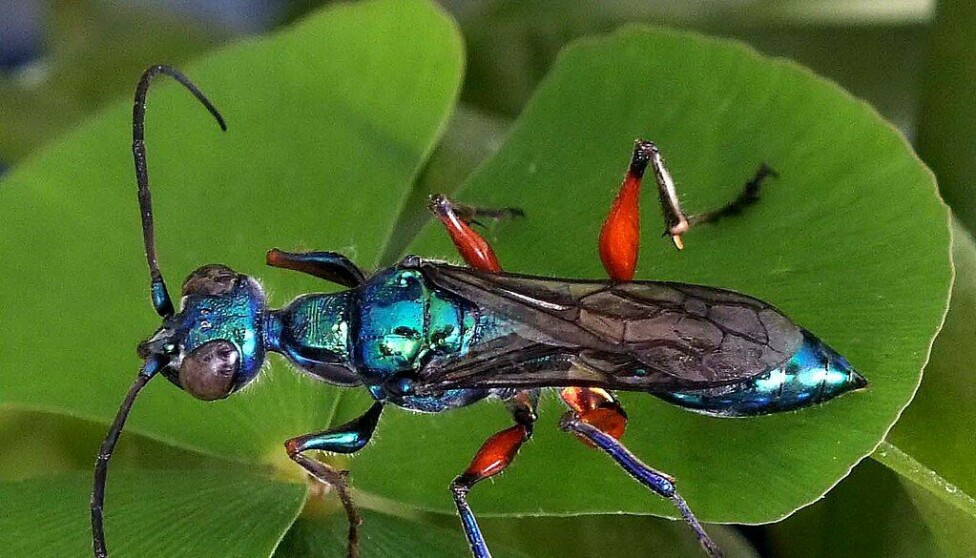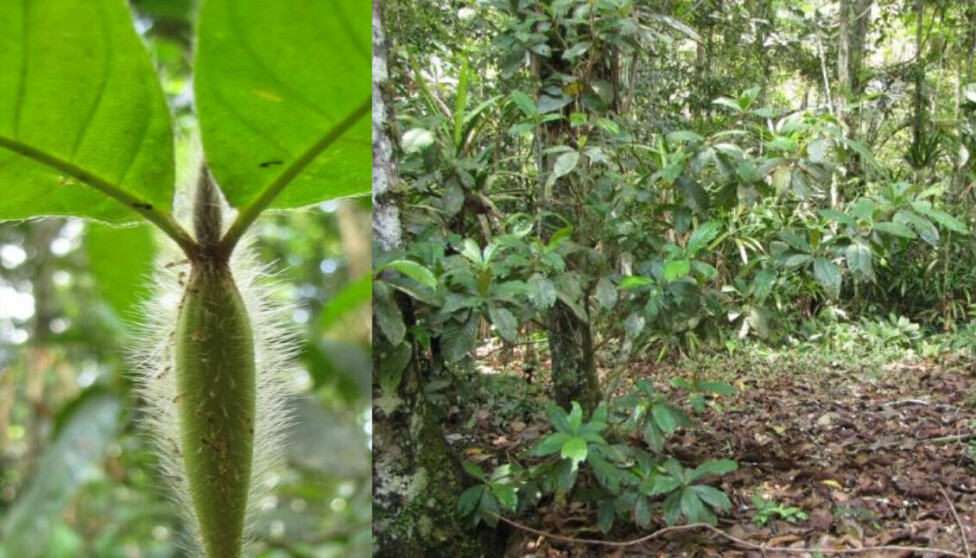Researchers' Zone:

Gps-signal, fridge and gardening: The many weird features of animal venom
What does the shrew, the Western Diamondback Rattlesnake, and the Tawny Crazy Ant all have in common? They use venom in weird and unique ways.
There is a plethora of animals around the world that utilize venom for everything from attacking an enemy, to food storage, and even gardening.
The most common use of venom is for predation and defense, typically associated with animals such as snakes, scorpions, spiders, and jellyfish. However, venom has an additional 12 other functions that benefit the venomous animal in its habitat, such as habitat creation, antivenom, and as a prey tracking device.
Venom is such a useful tool that it has evolved 101 times independently throughout history, in at least 35 separated groups of animals, such as snakes, sea urchins, and shrews. Clearly, there must be something about venom that makes it such a ‘popular’ trait.
In this article we will explore the diverse use of venom when it is not only used to kill a prey, but also to leave a scent-trail, to extend the shelf life of a meal or to do gardening in a somewhat aggressive way. Especially one particular specie of ant has found a very western-like use of its own venom.
Bare necessities: The requirements needed to become venomous
The evolutionary success of venom can, among other things, be attributed to how easy it is for a venom apparatus to evolve.
There are very few requirements for an animal to acquire venom: a sac to store it in, and non-toxic molecules with a pre-existing biological function (venom precursors).
An example of enzymes which have found use in venom are the digestive enzymes typically found in the pancreas, which were recruited to the venom apparatus and evolved to damage the flesh of the victims once there.
Many animals (including humans) already have these venom precursors in the likes of sweat and salivary glands, along with bioactive molecules in saliva and pancreas
Another reason behind the evolutionary success of venom lies in its many uses. We can compare venom to a Swiss Army knife, a tool that is useful in several different scenarios.
The strike and release hunting tactic
One of the animals for whom venom is not just a weapon to take down its prey is the Western Diamondback Rattlesnake (Crotalus atrox).
This snake is a fearsome predator found in the arid plains of southern North America, and it uses its venom to kill any unsuspecting birds or rodents, by striking the prey, injecting the venom, and releasing it.
After striking, the rattlesnake waits for the prey to die from the venom. This bite-and-release hunting method is the preferred strategy for many snake species, as it reduces the chance that the prey will fight back and possibly injure the snake.
The scent of a snake bite
However, there is one major flaw with this method – the prey will most likely flee and hide somewhere far away, which makes it difficult to find it again.
The Western Diamondback Rattlesnake has an ingenious solution to this problem: its venom contains specific molecules that the snake can smell from far away.
Once the bitten prey flees, it will sometimes leave a scent-trail in the form of small drops of blood containing venom.
The uniqueness of the Western Diamondback Rattlesnake venom is the fact that it will emit a unique scent from within the body of the bitten prey. This scent will mark the prey and the snake will then home in on it, like a slithering bloodhound.

The venomous shrew
You will probably be surprised to know that some species of moles, shrews, and solenodons (a small mammal closely related to shrews) are venomous.
These mammals have venomous saliva that is delivered into a bite wound through a groove located on the inside of the two lower incisors.
The American Short-tailed Shrew (Blarina brevicauda) is an especially voracious hunter known to prey on insects, worms, snails, and small vertebrates (mice and frogs). This shrew will use its venomous saliva against its prey, but not to kill it.
An alternative fridge
Instead, the venom’s role is to paralyze the prey, leaving it in an incapacitated state – still alive, but unable to move. This paralysis only works on smaller prey items such as insects, worms, and snails, which are the most frequently consumed items in the shrews’ diet.
In fact, the shrew will only eat the first 1-3 insects it encounters. The rest (up to 8 out of 10 insects per hunt), will be paralyzed and transported back to the shrews’ burrow for later consumption. Keeping the insects alive in a paralyzed state will ensure the meal stays fresh and prevent decay.
The insects can be kept like this until they die from lack of water or starvation. So, the shrew uses its venom to create meals with long shelf-life – a useful trait in a world without fridges.

The cockroach hunter
As we have seen by now, the use of venom is widespread among reptiles and even some mammals. However, insects are the ones that can pride themselves with some of the most inventive uses of venom.
The Jeweled Wasp (Ampulex compressa) is a small wasp native to the tropical regions of Africa, South-Southeastern Asia, and the Pacific islands. The wasp gets its name from the metallic blue-green color that is predominant on its body, giving it a beautiful, jeweled look.
However, this species also goes by another name alluding to its more sinister side. In fact, the Jeweled Wasp is also called the Emerald Cockroach Wasp because females of this species actively hunt cockroaches- not for consumption, but as a host for the wasp’s egg and larva.
Non-fiction zombie apocalypse
The wasp is much smaller than the cockroaches that it preys on, so it needs its venom to create “zombie” cockroaches that can be physically manipulated back to the wasp’s burrow.
For the venom to take full effect, the wasp needs to inject it directly into the brain of the cockroach. This requires high precision, which the wasp ensures by stinging the cockroach twice.
The first sting occurs when the wasp encounters the cockroach; this sting is to the cockroach’s body, which paralyzes its legs leaving it vulnerable to the other sting. The second sting is executed with neurosurgeon-like-precision into the main part of the cockroach’s brain.
The venom will then hijack the part of the brain that is responsible for movement by creating a “storm” of neurochemicals which forces the cockroach into a state of hypokinesia (partial/semi-paralysis).

From zombie to feeding nest
20 minutes after the second sting the cockroach will become compliant, allowing the wasp to then force the cockroach to walk into the wasp’s burrow by pushing and pulling it.
Once there, the wasp will lay an egg on the cockroach, and when it hatches, the larva will feed on the still alive, paralyzed cockroach. To keep the cockroach fresh until the very end, the larva will eat organs in an order that keeps the cockroach alive for as long as possible.
After roughly 8 days the cockroach finally dies, and the larva creates a cocoon inside its abdomen; 40 days later, a new wasp will emerge from the carcass of the cockroach.
The devil’s gardens of the Amazon rainforest
A relatively underappreciated group of venomous animals are the ants. These insects inhabit all continents except Antarctica and are extremely successful in establishing themselves in any habitat.
You may be familiar with ant mounds commonly found in pine forests around the world; these mounds are remarkably crafty means of habitat creation. However, a species of ant native to the Amazon rainforest has taken habitat creation to another level.
In the Amazon we can find patches of forest that are solely inhabited by a single species of tree, Duroia hirsuta, which according to local legend is cultivated by an evil forest spirit. These patches are named ‘devil’s gardens’ and have previously been thought to be the result of local inhibition of plant growth by Duroia hirsuta itself.
Aggressive gardening
This hypothesis was discarded when it was discovered that the trees live in a mutualistic (beneficial for both parties involved) relationship with the Lemon Ant (Myrmelachista schumanni). This relationship provides the trees with freedom from competition in the area and the ants with an abundance of their preferred nesting site.
The researchers that discovered the relationship between the Lemon Ant and Duroia hirsuta were able to prove that the gardens were created by the Lemon Ants injecting their venom (mainly composed of formic acid) into the leaves of other plants in the vicinity, thereby killing them.
The same researchers realized that each garden is tended to by a single Lemon Ant colony, and they are incredibly old - one garden that consisted of 351 plants, was estimated to be 807 years old. That specific garden was kept by a colony of Lemon Ants with 3 million workers and around 15,000 queens.
To better appreciate how big this colony actually is, we can compare it to the average size of a colony of Red Forest Ants (Formica rufa) indigenous to many pine forests throughout Europe (Denmark included), which consists of up to 100 queens and 100,000 to 400,000 workers.

The venom-slinging crazy ant
The final example in this article of venom use comes from Texas, where two rival groups of ants are in a fierce competition for food and space. The two species in question are the Tawny Crazy Ant (Nylanderia fulva) and the Red Imported Fire Ant (Solenopsis invicta).
While the Fire Ant first reached the US in the 1930s, the Crazy Ant was first observed in Texas in the early 2000s and has since been spreading through the US Gulf Coast states. As is the case in most expansions into new territories, this has led to competition between the Crazy Ant and ant species already occupying the area, including the Red Imported Fire Ant.
The wild west of ants
Interestingly, the Crazy Ants’ nests have been observed to be located inside Fire Ants mounds. This came as a shock to researchers because the Fire Ants’ venom is an extremely potent insecticide that can kill any hostile ants.
Another surprise was how the Crazy Ants were able to forcefully capture a food item from the Fire Ants by charging into a group of feeding Fire Ants and spraying venom left and right as if it was the Wild West. This attack forces the Fire Ants to retreat from the food item and allows the Crazy Ants to capture it.
Can neutralize venom
As a counterattack, the Fire Ants produce a droplet of venom and dabs it onto the body of the charging Crazy Ants. This drop of venom would normally be fatal to any other ant species; however, the Crazy Ant does not die.
Instead, the Crazy Ants respond with a strange behavior of meticulously applying their own venom onto their whole body as can be seen in this video. This process was termed “detoxifying behavior” and has been proven to neutralize the Fire Ants’ venom, thereby saving the Crazy Ants.
The Tawny Crazy Ant is the only known organism that can use its own venom as an antivenom!
Venom: The Swiss Army knife
Although venom is a potent weapon for killing prey, that it is far from its only use.
Like in a Swiss Army knife, there are many different applications packed into a single tool. It doesn’t matter if you’re a wasp trying to feed your young, a snake trying to locate your meal, a shrew trying to keep your food edible, an ant making a home on the rainforest floor or another ant living in a competitive environment.
For one reason or another, venom often turns out to be the tool of choice.
References:
- 'The Diversity of Venom: The Importance of Behavior and Venom System Morphology in Understanding Its Ecology and Evolution', Toxins (2019), DOI: 10.3390/toxins11110666
- 'From genome to "venome": molecular origin and evolution of the snake venom proteome inferred from phylogenetic analysis of toxin sequences and related body proteins', Genome Res (2005), DOI: 10.1101/gr.3228405
- 'Molecular basis for prey relocation in viperid snakes', BMC Biology (2013), DOI: 10.1186/1741-7007-11-20
- 'A Comprehensive Multi-Omic Approach Reveals a Relatively Simple Venom in a Diet Generalist, the Northern Short-Tailed Shrew, Blarina brevicauda', Genome biology and evolution (2020), DOI: 10.1093/gbe/evaa115
- 'Food Hoarding Behavior in the Short-tailed Shrew Blarina brevicauda', The American Midland Naturalist (1982)
- '‘Devil's gardens’ bedevilled by ants', Nature (2005), DOI: 10.1038/437495a
- 'Chemical Warfare Among Invaders: A Detoxification Interaction Facilitates an Ant Invasion', Science (2014), DOI: 10.1126/science.1245833



